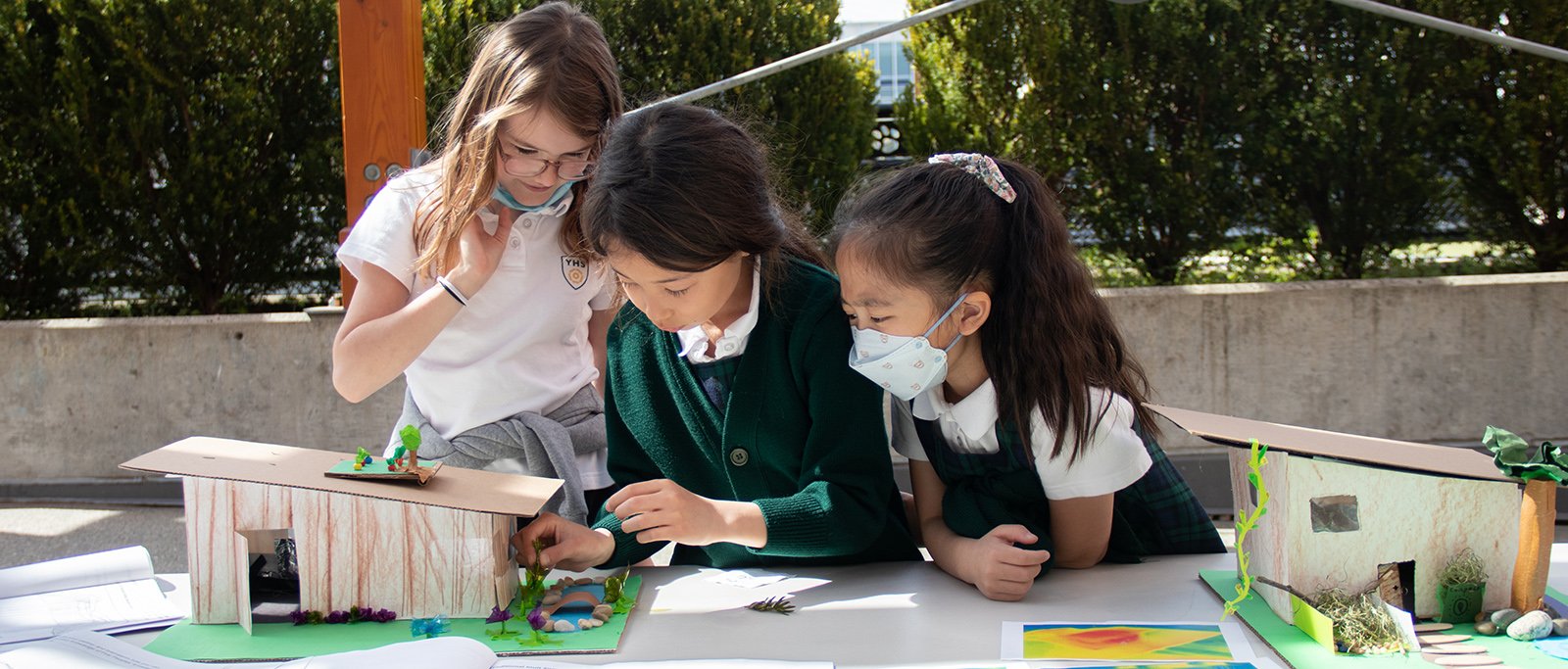This term, Grade 3 students engaged in a STEAM unit, designing environmentally friendly homes with their knowledge of thermal energy, measurement, and First People’s Principles of Learning. In science, students learned how heat moves through radiation, convection, and conduction. They explored insulation and how it can help to create more efficient heating and cooling systems for homes.
Students also learned how traditional First Nations and Inuit People invented innovative buildings that helped to keep them warm in the winter and cool in the summer and how contemporary First Nations architects, like Alfred Waugh, are working to reimagine architecture today. With virtual visits from architect and YHS parent, Dianne Dy, and passive house consultant, Shaun St-Amour, students gained real-world experience to inform their projects.
Students applied their new knowledge to design and build prototypes of environmentally friendly homes with insulated walls, double pane windows, roof gardens, rainwater collection, and other environmentally friendly aspects. Students tested their models with FLIR thermal imaging cameras which show where the heat is escaping through colour. Finally, students shared their projects with the YHS community and families with an outdoor exhibition!
Jennifer Sharpe
Junior School STEAM Coordinator
































